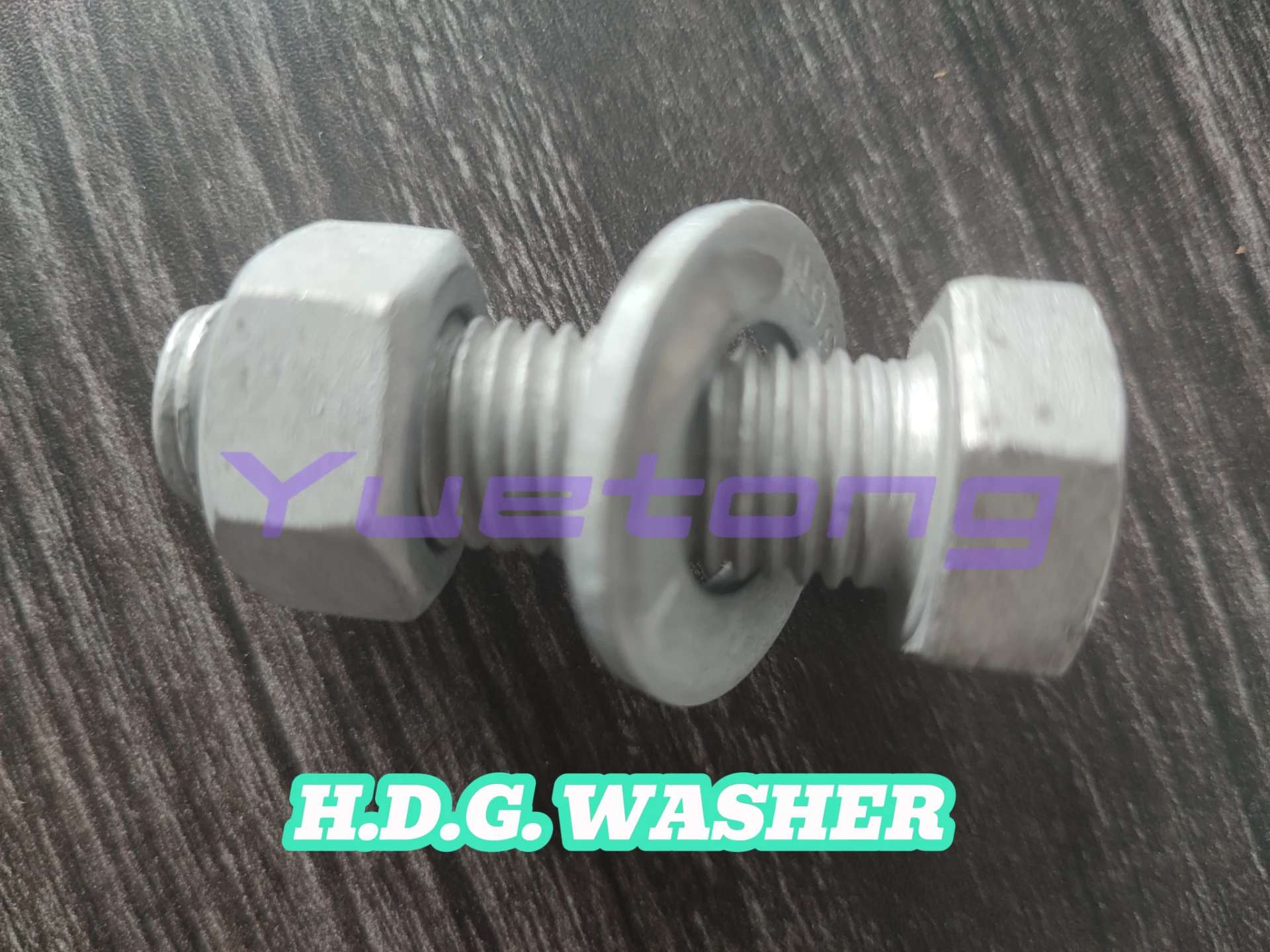दिसम्बर . 16, 2024 00:01 Back to list
cutting a threaded rod
Cutting a Threaded Rod A Step-by-Step Guide
Cutting a threaded rod might seem like a simple task. But for those who are looking to achieve precision and maintain the integrity of the threads, it can be a daunting challenge. Whether you’re a DIY enthusiast or a professional, understanding the correct techniques and tools will ensure you get the job done right. In this article, we will discuss the necessary tools, preparation steps, and the cutting process itself.
Understanding Threaded Rods
A threaded rod is a long cylinder that has continuous threads running along its length. These rods are often used in construction, automotive, and manufacturing applications where strong fastening is required. Common materials for threaded rods include steel, stainless steel, and sometimes even plastic or brass. When cutting a threaded rod, it’s essential to recognize that improper techniques can lead to damaged threads, which may render the rod unusable for its intended purpose.
Tools and Materials Needed
Before starting, gather the necessary tools and materials
1. Measuring Tape To measure the length of the threaded rod accurately. 2. Marker or Scribe Tool For marking the cut line. 3. Hacksaw or Band Saw The most commonly used tools for cutting metal rods. 4. Pipe Cutter A specialized tool that can also be used depending on the thickness of the rod. 5. File or Deburring Tool To smooth out the cut edges. 6. Clamps To secure the rod in place while cutting. 7. Safety Gear Includes goggles and gloves to protect against metal shavings and sharp edges.
Preparation Steps
1. Measure and Mark First and foremost, measure the desired length of the threaded rod using a measuring tape. Mark the cut line clearly with a marker or scribe tool to ensure a straight cutting path.
2. Secure the Rod Using clamps, secure the threaded rod to your work surface. Ensure it's tightly held in place to prevent any movement during cutting, which can lead to an uneven cut.
3. Choose the Right Tool Depending on the thickness and material of the rod, choose either a hacksaw or a pipe cutter. For thicker rods, a band saw may be more efficient and provide a cleaner cut. Make sure your selected tool is sharp and in good working condition.
cutting a threaded rod

Cutting the Threaded Rod
1. Position the Saw If using a hacksaw, position the blade at a 90-degree angle to the rod at the marked line. For a band saw, ensure the rod is correctly aligned with the blade.
2. Begin Cutting Start cutting smoothly and steadily. If using a hacksaw, use long, even strokes to ensure a straight cut. Avoid applying too much pressure; let the saw do the work. If you’re using a band saw, feed the rod gently into the blade while maintaining control.
3. Check Your Progress Periodically check to ensure you are cutting straight. It may be helpful to have a friend assist you by holding the rod steady as you cut.
4. Finish the Cut Once you’ve cut through the rod, remove it from the clamps. If using a hacksaw, you may need to apply a bit more force at the end, as the last bit of material can be tougher to cut. For a cleaner finish, a band saw usually provides a smoother edge.
Final Touches
1. Deburr the Edges After cutting, the edges will likely be sharp and uneven. Use a file or deburring tool to smooth out the cut edges. This step is crucial to prevent injuries and guarantee proper fitting when using the threaded rod.
2. Inspect the Threads Check the cut end of the threaded rod. If threads are damaged, a thread repair tool can be used, or you may need to recut the rod if the damage is severe.
Conclusion
Cutting a threaded rod may seem straightforward, but it requires careful preparation and the right methods to ensure success. By following the steps outlined above, you can make precise cuts while maintaining the integrity of the threads. Remember always to prioritize safety and accuracy. With the right tools and techniques, you’ll have no trouble cutting threaded rods for your projects. Happy cutting!


